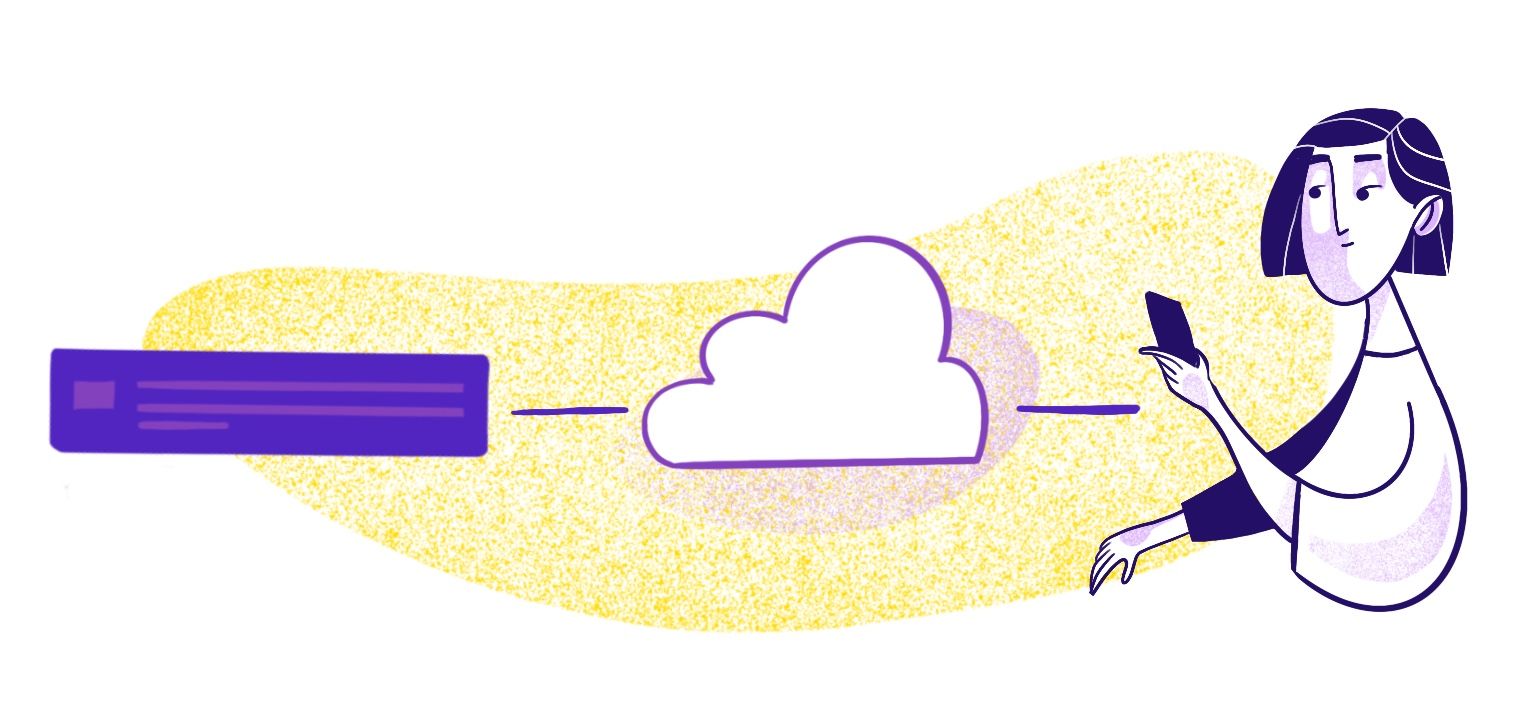The internet is a global network of computers and related devices, and any device can join the network and start communicating with other devices. There is no one standard method of how the devices on the internet talk to each other, but as long as both entities understand each other, communication is possible.
The most commonly used method of communication is HTTP or HyperText Transfer Protocol, and almost all applications and websites accessed from a web browser use this protocol. HTTP can be thought of as a language that devices use to communicate with each other, but this doesn’t mean there are no other languages or other modes of communication available. One such method/language/protocol is WebSocket.
What is WebSocket?
WebSocket is a communication protocol that allows full-duplex communication between two devices over the internet. To understand more, we have to look at the parties involved in web communication and contrast how WebSockets work compared to HTTP.
Communication Elements
The different elements of communication over a network are as follows.
- Client: The client is the device or software that requires the information. Most of us use web browsers to browse the internet, and the results are most likely being viewed on a web browser. This makes web browsers a client application. Similarly, desktop applications, mobile devices, and mobile applications are also web clients.
- Server: The computer where the data or application resides is known as the web server. The web addresses of websites point to the address of the host web server, and clients communicate with the web servers to access this information.
- Network: The connection between the web client and web server happens over a network. This can be a local network connected via ethernet, but in most applications, the internet serves as the network for communication between web clients and web servers.
How Does HTTP Communication Work?
HTTP communication is a unidirectional communication between a web client and a web server. The web client sends an HTTP request to the webserver and the server responds with an HTTP response. Each time a request is sent from the client and the response is sent from the server, a new connection is made between the two.
This is efficient when persistent communication is not required between client and server. For example, general web browsing doesn’t require a persistent connection and HTTP is the best method of communication. But when hundreds of requests and responses have to be sent regularly between client and server, HTTP is not very efficient. As new connections have to be made every time a request or response is sent, there is higher latency and HTTP communication becomes inefficient.
WebSocket: A Better Model
WebSocket also enables the communication between client and server over a network, but unlike HTTP, WebSocket enables bi-directional communication between the two. This means the client and the server can both send and receive data at the same time.
Bi-directional communication is possible with WebSocket because the connection between the client and the server is not closed. The process of establishing a connection between a client and a server is called a handshake. Once a handshake is made, a connection is opened and a constant channel stays up between the server and the client. The channel is bi-directional, open, and persistent until one of the parties decides to terminate the connection.
WebSockets are much more efficient when a large number of requests have to be made to the server in a very small amount of time. A new connection does not have to be made for every request like in the case of HTTP. This ensures that the communication between the client and server happens with a very low latency, thereby utilizing bandwidth more efficiently.
What is WebSocket Used for?
As mentioned earlier, WebSocket is ideal when a large volume of information is exchanged between client and server in a short span of time. Some WebSocket applications are given below.
Real-time Applications
WebSocket is the ideal solution where real-time data is transmitted between client and server. Take a stock trading application, for instance. The price of various securities changes thousands of times a minute. Using HTTP to reflect these changes would mean opening and closing thousands of connections every minute, but WebSocket creates an open and persistent channel for real-time updates.
Data Streaming
VA video stream, video call or voice call, etc. over the internet is a constant stream of data intermediated by web servers. HTTP is not suited for this purpose, whereas WebSocket enables that constant stream of data through an open and persistent channel.
Gaming
Online gaming is on the rise across the world, and again there is a large volume of changes that happen over a very short period of time. Opening and closing connections constantly, as is the case with HTTP, is not ideal and WebSocket is a better solution.
Chat Applications
Chat apps are one of the most commonly used applications, but with HTTP someone would need to initiate a request to know whether there is an update. With WebSocket, updates can happen in real-time, making WebSocket popular among chat application developers.
Final Words
There is a wide variety of channels you could choose to communicate over the internet, and the most predominant protocol in use is HTTP. However, one of the major downsides of HTTP is that the protocol is not the most efficient for constant communication back and forth between the client and the server. WebSockets overcome those challenges with a persistent bi-directional communication that makes it better suited for real-time applications.
